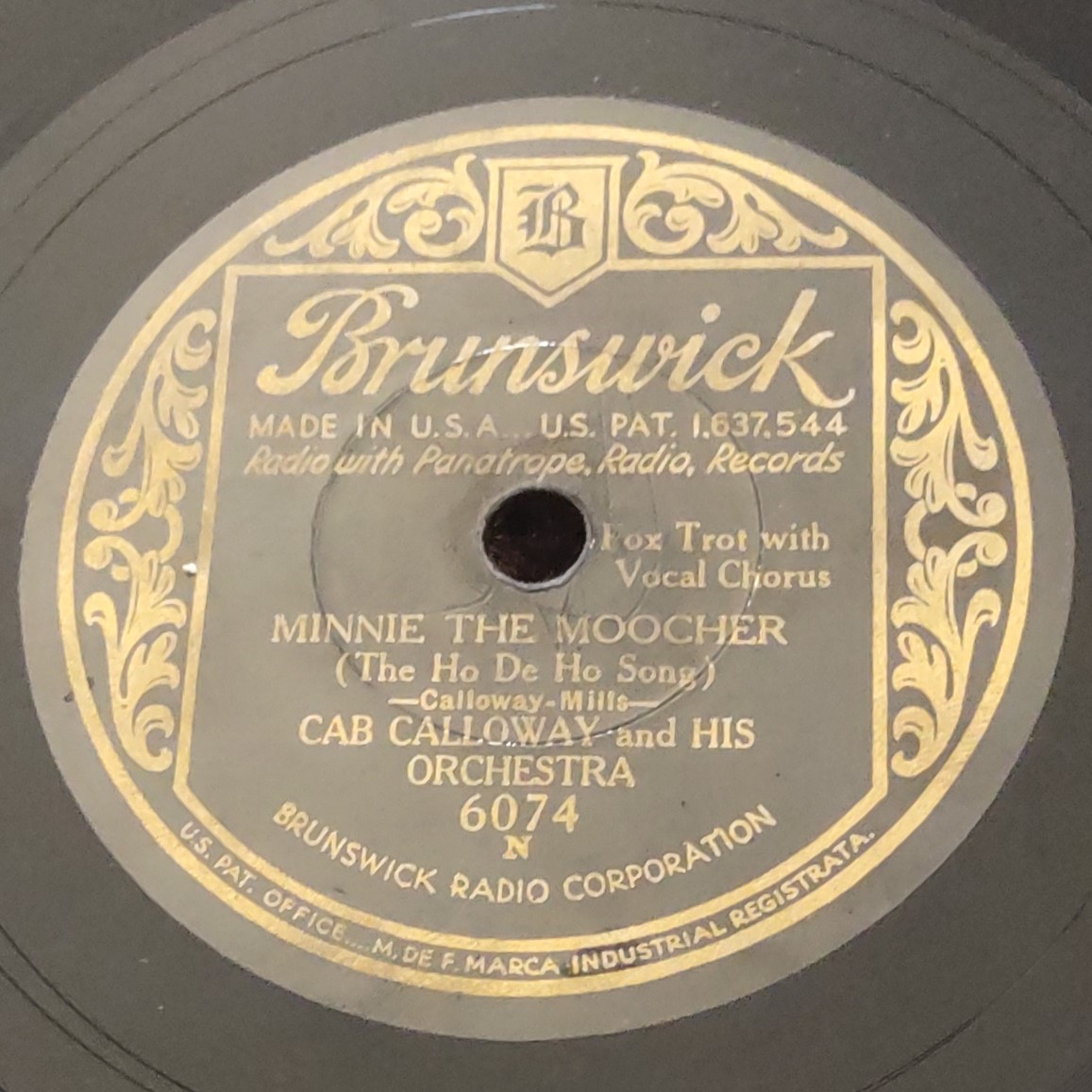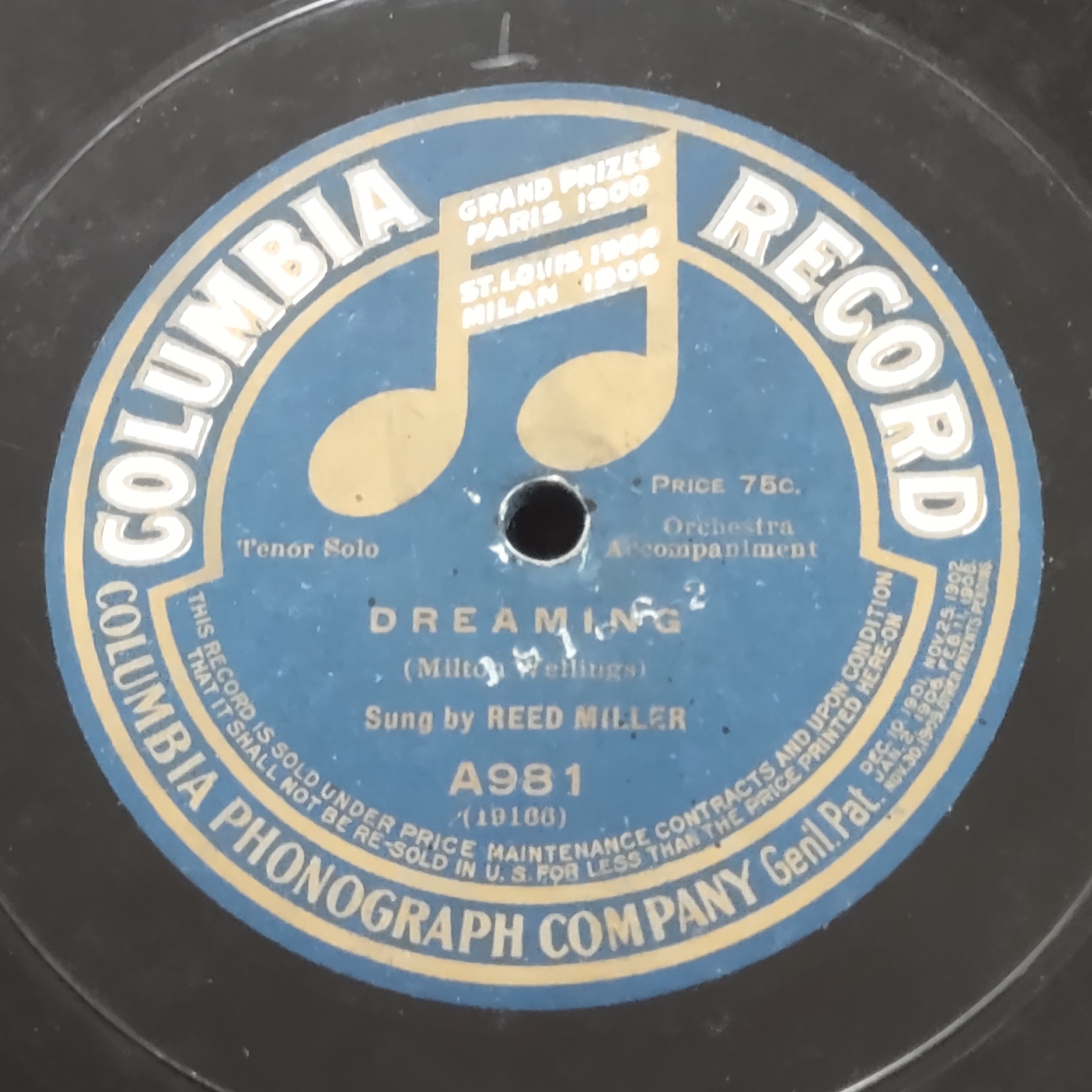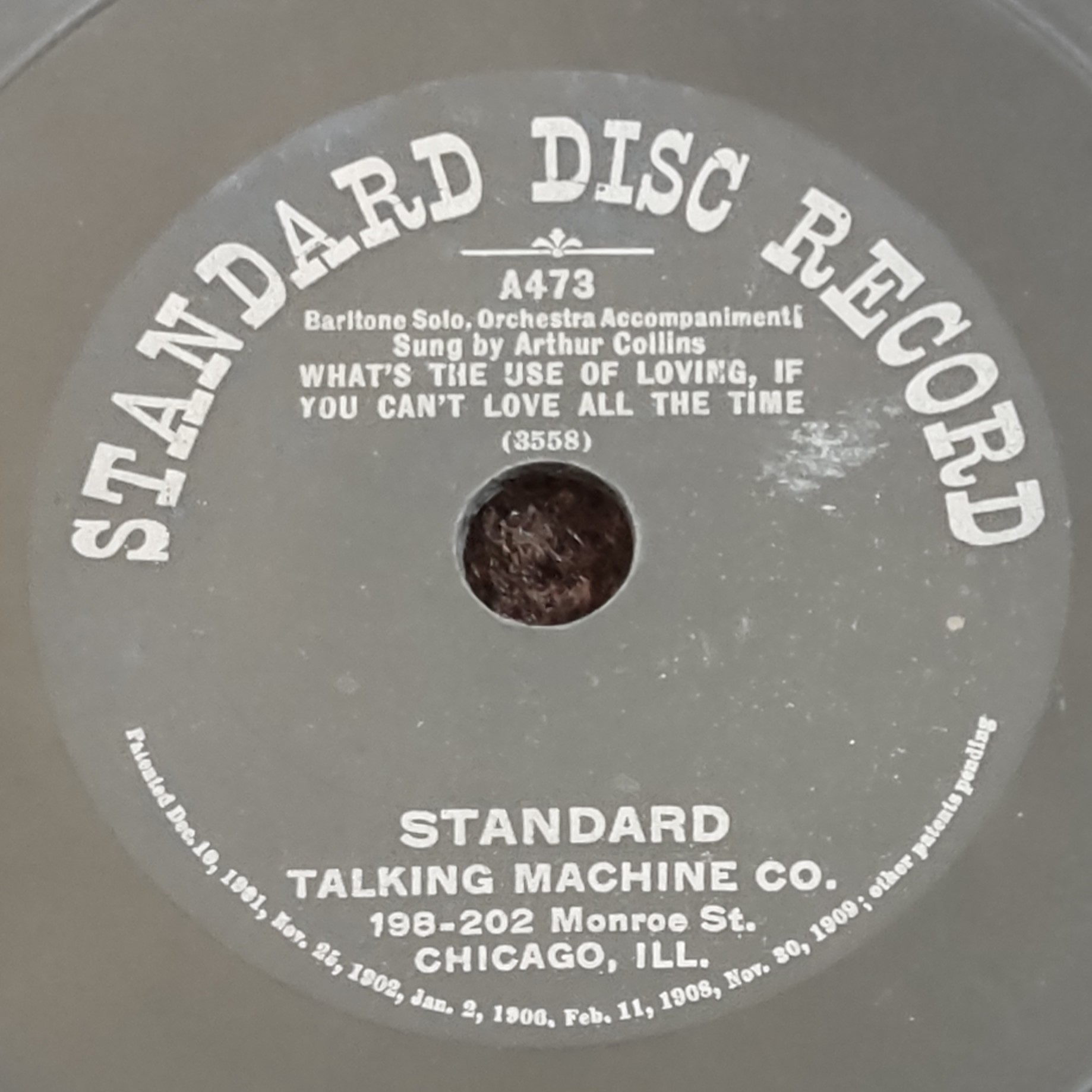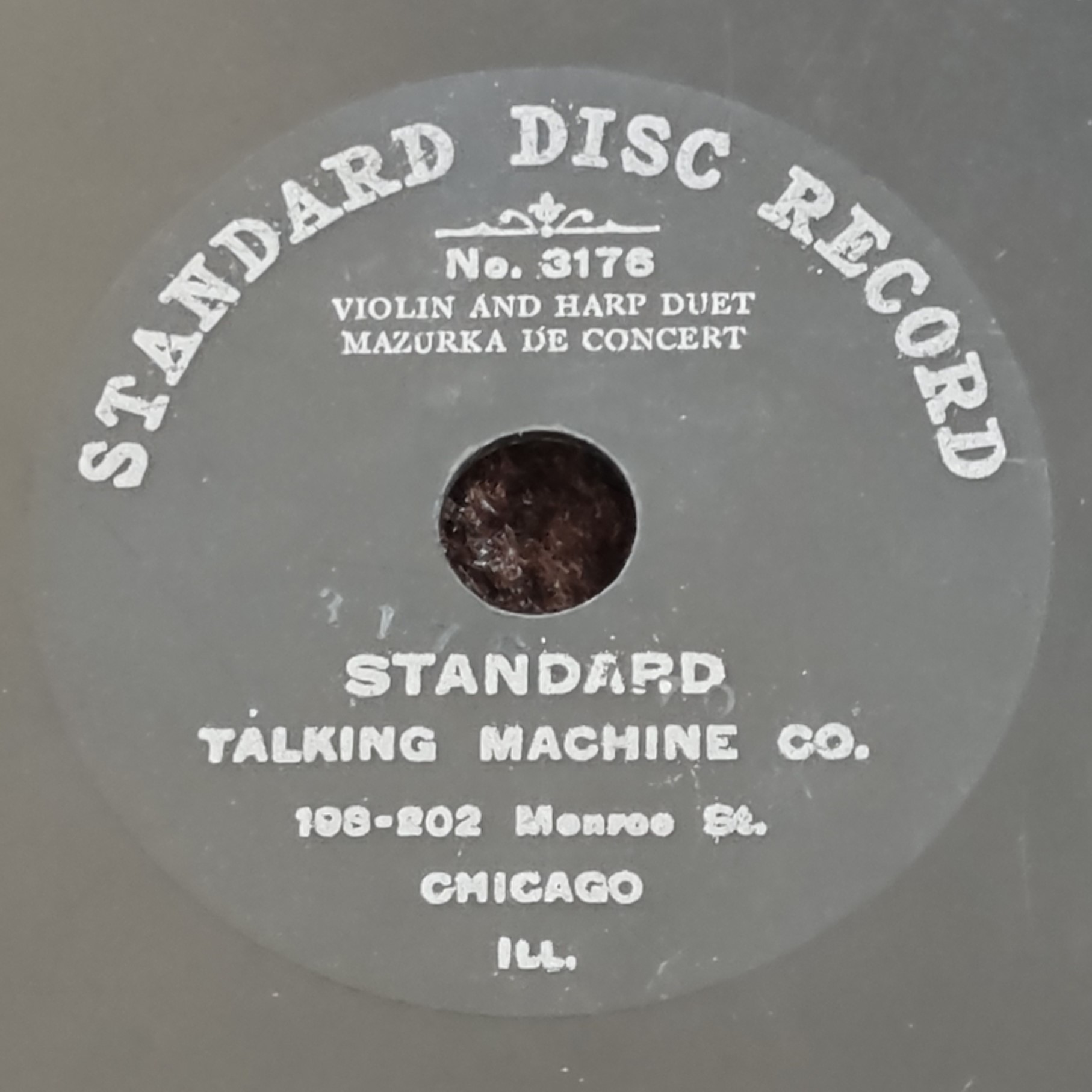

















4 Star
.jpg) 1950 |
B & S B-Disc-S
This is a label I couldn't believe existed, hailing from the hill town of Deadwood, South Dakota! Active in the 1940s and 1950s, the B-Disc-S Recording Company recorded local and regional singers. The material was produced by Benjamin and Helmi Stoller. Talent recorded included Lee Babcock and the Swing Time Play Boys, Lil' Joe Bonner and the Idols, Jess Ervin and Fred Gibbs, Chuck Smith and his Western Ramblers, Tess Tessin & Blackhills Rhythm Rangers, Coyote Tootsie & Cowboy Ben, and Agnes Hansen the Finnish Nightingale.
.jpg) 1949 |
Bluebird
Bluebird, an extremely successful label, began as a budget label for RCA in 1932. The initial "buff" label has a yellow background with blue text and artwork. Next came the "staff" label. Finally, Nipper the dog replaced the bluebird's prominent position above the logo name (bluedog? golddog?), though the flying bird symbol remained behind the lettering.
.jpg) 1936 | .jpg) 1937 | .jpg) 1940 |
Brunswick
.jpg) 1928 |  1931 |
Capitol
.jpg) 1952 |
Columbia
Columbia's first labels, dating to late 1901, were simple in appearance. Their eye-popping (for the time period!) "Magic Notes" popular label began in 1908 and ran through 1917, in which different colors denoted different categories of music. Black marked standard material, blue marked premium, and brown and green marked "ethnic" recordings. Columbia also concurrently released Symphony Series labels (1906-1923) as high-end material to compete with the other top dog [pun!] in the market.
Below the big D in "RECORD" along the right side, you can find a list of patents. The number of patents listed can help collector nut cases date the record.
.jpg) 1908 |  1911 |
.jpg) 1928 | .jpg) 1928 |
.jpg) 1949 | .jpg) 1955 |
Decca
.jpg) 1952 | .jpg) 1953 |
DeLuxe
DeLuxe Records came from Linden, New Jersey cut discs in the 1940s and '50s.
.jpg) 1946 |
Dot
This non-Yakko, non-Wakko label created records in the 1950s.
.jpg) 1952 |
Enterprise
.jpg) 1947 |
Harmonia
.jpg) 1940s or 1950s |
King
King's first label (not shown here) in the 1940s had a more elaborate crown as well as more text wrapped around the bottom outer edge. The crown was simplified and the copyright text was reduced to a single line circling the outermost portion of the label. That text, too, got deleted with the next revision.
.jpg) 1950 promo | .jpg) 1950 | .jpg) 1953 |
Mercury
.jpg) 1949 promo | .jpg) 1949 | .jpg) 1951 |
Mode
A highly, highly obscure label with a hamster's handful of records, Mode comes out of Milwaukee, Wisconsin with records from the 1950s.
.jpg) 1952 |
Montgomery Ward
Montgomery Ward. The outhouse toilet paper catalogue, right? Of course the catalogue wanted to sell records. The Montgomery Ward label ran from 1933-1941 and was, at various points, cutting records produced by RCA Victor, Decca, and the United States Record Corporation.
.jpg) 1936 | .jpg) 1938 |
OKeh
.jpg) 1920 | .jpg) 1925 |
Rich-R-Tone
.jpg) 1947 | .jpg) 1948 |
Standard Disc
 1901 (single-sided)
|  1904 (double-sided)
|  1905 (double-sided) |
Victor
Victor dominated the early record market at the start of the twentieth century, with the first records coming out in 1900. These records had very basic labels. In 1902, Victor incorporated a painting into their label. "His Master's Voice" was by Francis Barraud of a dog named Nipper staring into the horn of a phonograph. This logo would remain with Victor thereafter. The initial label design with Nipper ran from 1902-1905.
Next, the "Grand Prize" label format ran from 1905-1909, then the "Patents" label from 1908-1913. The earliest Victor record I own, from 1909, is of the patents label, which contains lengthy patent text circling along the bottom half of the label. There are, of course, as with everything here, subvariations.
.jpg) 1909 |
A major label redesign occurred in 1914 with the "Bat Wing" label, which ran from 1914-1926. With the end of the acoustic era of recording music and the start of the electric era, Victor launched another redesign, the "Scroll" label, from 1926-1937. It's wonderful and elegant. Then Victor became lame and instituted the mediocre-as-heck-looking "Circular" label in which the label was encapsulated by a simple outer circle. With Victor, the circle label lasted from 1937-1946, and then as RCA Victor from 1946-1953.
.jpg) 1923 | .jpg) 1928 |
.jpg) 1952 |
Vocalion
.jpg) 1938 |
Walco
One of the coolest finds for me, as someone with Colorado ties - a local record label from Fort Collins, Colorado.
.jpg) 1940s |